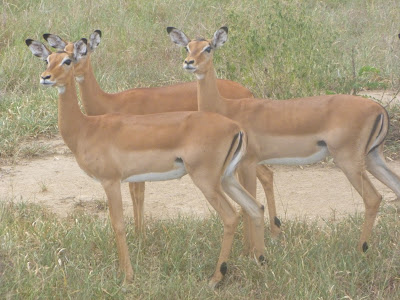Visit the Kisangara Cultural tourism site 62 km southeast of Moshi in the shadow of Mount Kilimanjaro and the Pare Mountains. High on the mountains, protected by natural forests, this is inhabited by the people of Pare.
The following activities are on offer:
- A visit to workshops involved in carpentry, brick-making and brewing local beer
- A visit to a sisal factory
- Spice tour, cooking traditional dishes, weaving household items and dancing with local women’s groups
- Hiking tour up Mount Kindoroko, with forestry activities
- A visit to the Lembeni Herbal Hospital
- Finish expeditions at Nyumba ya Mungu dam
- A visit to a farming project where you can learn and participate in the various farming technologies Half and full day tours can be organised to suit your passion:
Half day tours
1. Carpentry, bricks and bear tour the tour takes you first to the carpentry workshop where you can participate in the making or various items. From there, visit a brick factory to witness the entire process of brick- making. Finish with a visit the local beer-brewing unit where the drink is prepared from sugarcane.
2. Lembeni Herbal Hospital tour Talk to doctors and patients and learn about the various herbal medicines used to treat different diseases.
Full day tours
1. Kindoroko Mountain tour this hike starts from the Centre and takes you through the lush forest. Ascend to the top for panoramic view of Mount Kilimanjaro. Mount Meru, Lake Jipe and Nyumba ya Mungu dam. Tree planting and a visit to a tree nursery can be included on request.
2. Spice tour Go to the spice and herbal gardens. Once back at the Centre, participate in the preparation of a traditional meal flavoured with spices. The meal is followed by a cultural interaction with the villagers and local dances.
3. Nyumba ya Mungu drive to the Nyumba ya Mungu (House of God) dam, the electricity power station. Go on a finishing expedition in a local canoe or just walk along the shores to admire the rich birdlife.
Getting there: Kisangara is easily accessible by public transport from Arusha, Moshi and Dar es Salaam. Get off at Kisangara Chini, 12 km south of Mwanga. From here, ask for the people of the Hasha Project. (Income from tourist visits will be used to make primary school desks and thereby improve the quality of education of the local children.)
For further information contact:
Tel: + 255 27 2757789 / 754 487193 / 784 347746
E-mail: gracemsafiri@yahoo.com
source: www.tanzaniaculturaltourism.com













